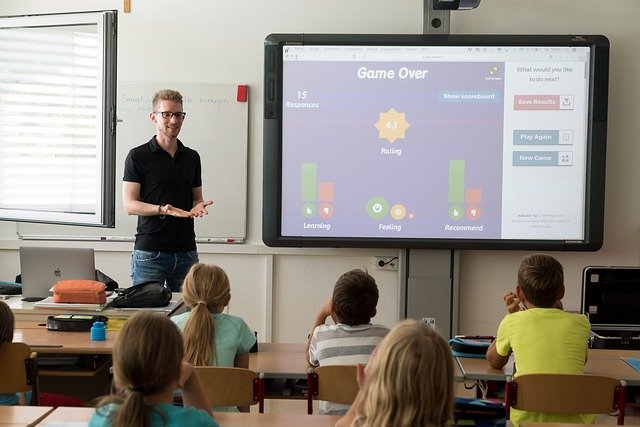Ruhl, K. L., Hughes, C. A., & Schloss, P. J. (1987, Winter). Using the pause procedure to enhance lecture recall. Teacher Education and Special Education, 14-18.
In this study an instructor paused for two minutes on three occasions during each of five lectures: the intervals ranged from 12 to 18 minutes. During the pauses, while students worked in pairs to discuss and rework their notes, no interaction occurred between instructor and students. At the end of each lecture, students were given three minutes to write down everything they could remember from the lecture (free recall); 12 days after the last lecture, the students were also given a 65 item multiple-choice test to measure long-term retention. A control group received the same lectures (using the same anecdotes and visual aids) and was similarly tested. In two separate courses repeated over two semesters, the results were striking and consistent: Students hearing the lectures while the instructor paused did significantly better on the free recall and the comprehensive test. In fact, the magnitude of the difference in mean scores between the two groups was large enough to make a difference of two letter grades depending upon cutoff points!
The implication of this research is staggering, for it essentially says that if we talk six minutes less, students learn more. Undoubtedly these counterintuitive results stem from two things: 1) the short lectures (12-18 minutes) are consistent with the research that suggests that students’ ability to retain information falls off substantially after 10-20 minutes; and 2) by engaging in an activity that reinforces the information presented, student learning should be increased. This study of Ruhl and others clearly suggests that we have an opportunity to include short, active-learning activities into our lectures with no loss to the content learned. Indeed, students seem to learn more from the process.




